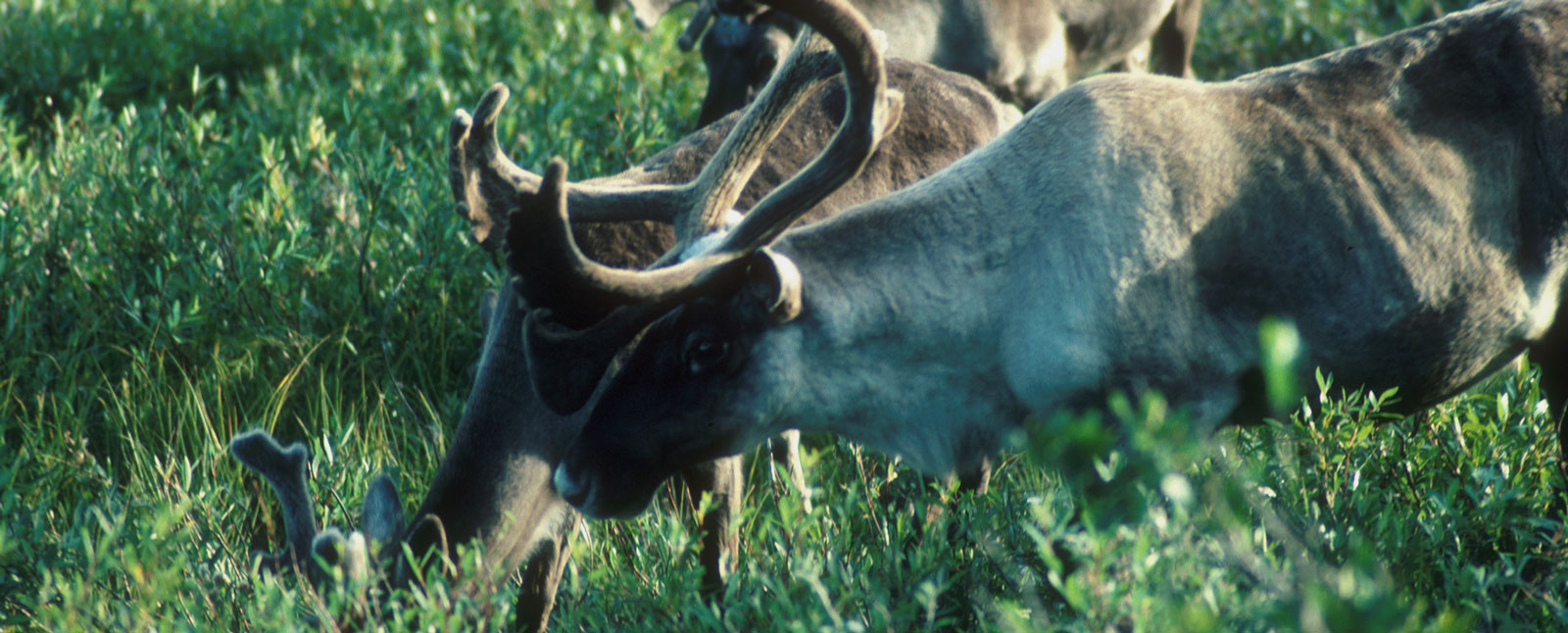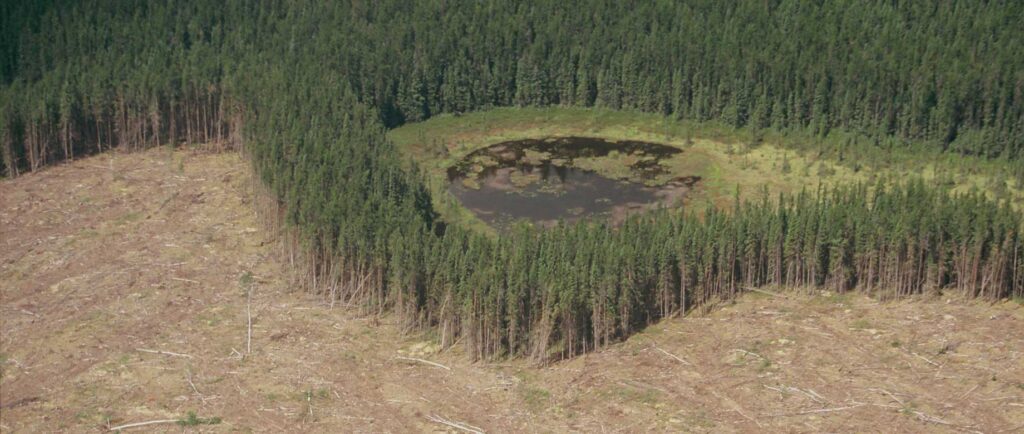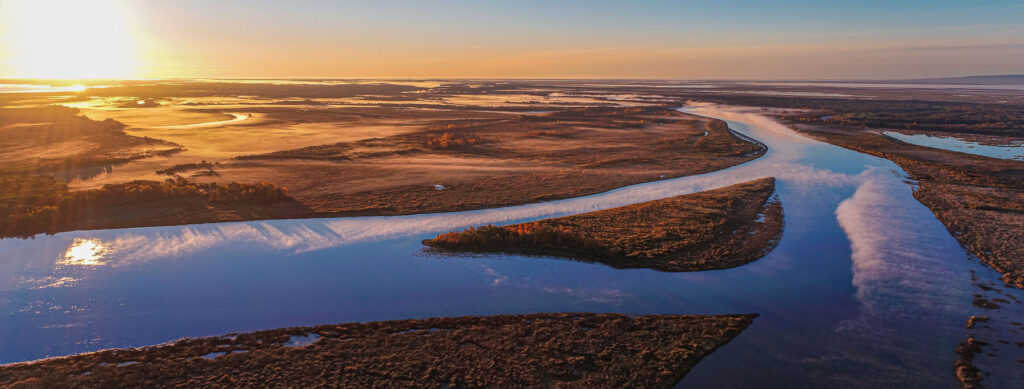Congratulations to Prime Minister Mark Carney and the Liberal Party on forming the next Canadian Federal Government, and to all the candidates, of all parties, that won a seat and will be representing their communities. The hard work of the campaign is behind you — now the even more important work of governing begins.
You are taking the helm at a complex time. With economic uncertainty looming and increased pressure from the United States in the form of tariff threats that could destabilize our economy, Canadians are feeling vulnerable. In response, they’ve made it clear: they want leadership that protects both their security and national identity.
Canadians expect more than just growth. They want development that aligns with their values, that respects our forests, prairies, coastlines, lakes and rivers, and the communities that depend on them, and that safeguards our shared future. And at the heart of all of this is nature.
Nature Is Central to Our Identity—and Our Security
Ask anyone who lives in Canada what defines this country, and they will speak of our landscapes, seascapes and wildlife. From coastal cliffs and boreal forests to prairie grasslands and Arctic tundra, nature is woven into the fabric of what it means to be Canadian.
It’s not just about pride—it’s about our way of life. Fishing, hiking, hunting, camping, and canoeing are part of our national character. Our natural places don’t just feed our souls; they feed our families, feed our communities, and feed our economy.
At a time when global instability threatens supply chains, food security, and our ability to respond to extreme weather, nature is security.
Nature protects us from floods, fires, and drought. It supports our health and well-being. It anchors our tourism industry, supports fisheries and our agriculture system, and provides the clean air and water that every community depends on. In short, it helps decrease our cost of living.
Protected Areas Offer Certainty in Uncertain Times
Protected area planning can be an important part of economic development and can even make processes for infrastructure development more efficient and effective. Once key areas of cultural and environmental importance are clearly defined, it allows industry to focus on development in areas with reduced levels of conflict. That means planning can move forward faster, and communities can benefit from any jobs created by the project moving forward.
This is why some Indigenous Nations working to establish Indigenous Protected and Conserved Areas (IPCA’s) in their territory are explicitly identifying places for development to happen. The argument is not that development shouldn’t happen; simply that it shouldn’t come at the expense of the land, freshwater and wildlife that people rely on to sustain their way of life.
That is not the only benefit that protected areas offer to our economy, of course. Protected Areas often create jobs in remote communities and because they’re not reliant on the extraction of limited resources, they can last for generations.
In addition, protected areas are catalysts for strategic infrastructure planning. Roads, utilities, tourism facilities, and transportation corridors can be designed in ways that complement conservation goals rather than compete with them. This kind of integrated planning avoids ecological harm and helps create jobs that are both green and durable. It just makes common sense.
Our Recommendations for the First 100 Days
Protecting nature is not a side issue—it is foundational to Canada’s future. The new government has a unique opportunity to take decisive action in the first 100 days that will define its legacy and meet the moment.
1. Continued Investment in Nature Protection
Extend current nature funding to keep momentum going. Planning and managing protected areas takes time and consistent support, and current funding is set to expire within a year. Without a commitment to secure long-term funding, progress could stall just as we approach critical conservation targets.
2. Finish What’s Been Started
Dozens of protected areas have been proposed but remain incomplete. Many of these are led by Indigenous communities. Recognizing and completing these areas will help Canada reach its protection goals—and will ensure communities are better prepared to face the growing threat of extreme weather events and biodiversity loss.
3. Strengthen the Laws That Protect Nature
Revive and strengthen the proposed Nature Accountability Act that was before Parliament, and continue implementing the Impact Assessment Act to ensure that all projects are subject to robust environmental review, helping development advance while ensuring it doesn’t compromise nature. These laws are essential tools to ensure transparency, consultation, and smart, science-based planning.
Photo: Wood duck (Aix sponsa) by Luis Sandoval
Canadians didn’t vote for business as usual. They voted for a better, more secure future—and nature must be at the heart of that vision.
We urge the new government to act boldly and quickly. Invest in nature. Finalize protections already in progress. Strengthen the laws that ensure a healthy, thriving environment for all of us.
Nature is not a barrier to progress—it’s the foundation of it.
Join us by calling on your Member of Parliament to make nature protection a top priority in these first 100 days. Let’s remind this new government: Canada’s future is wild, beautiful, and worth protecting.
It’s easy to reach out to your Member of Parliament. Find their contact information here and copy parts of this blog to send them an email.
Banner photo: Woodland caribou (Rangifer tarandus caribou) in Northern Ontario by Mike Beedell
Other stories you might be interested in:




